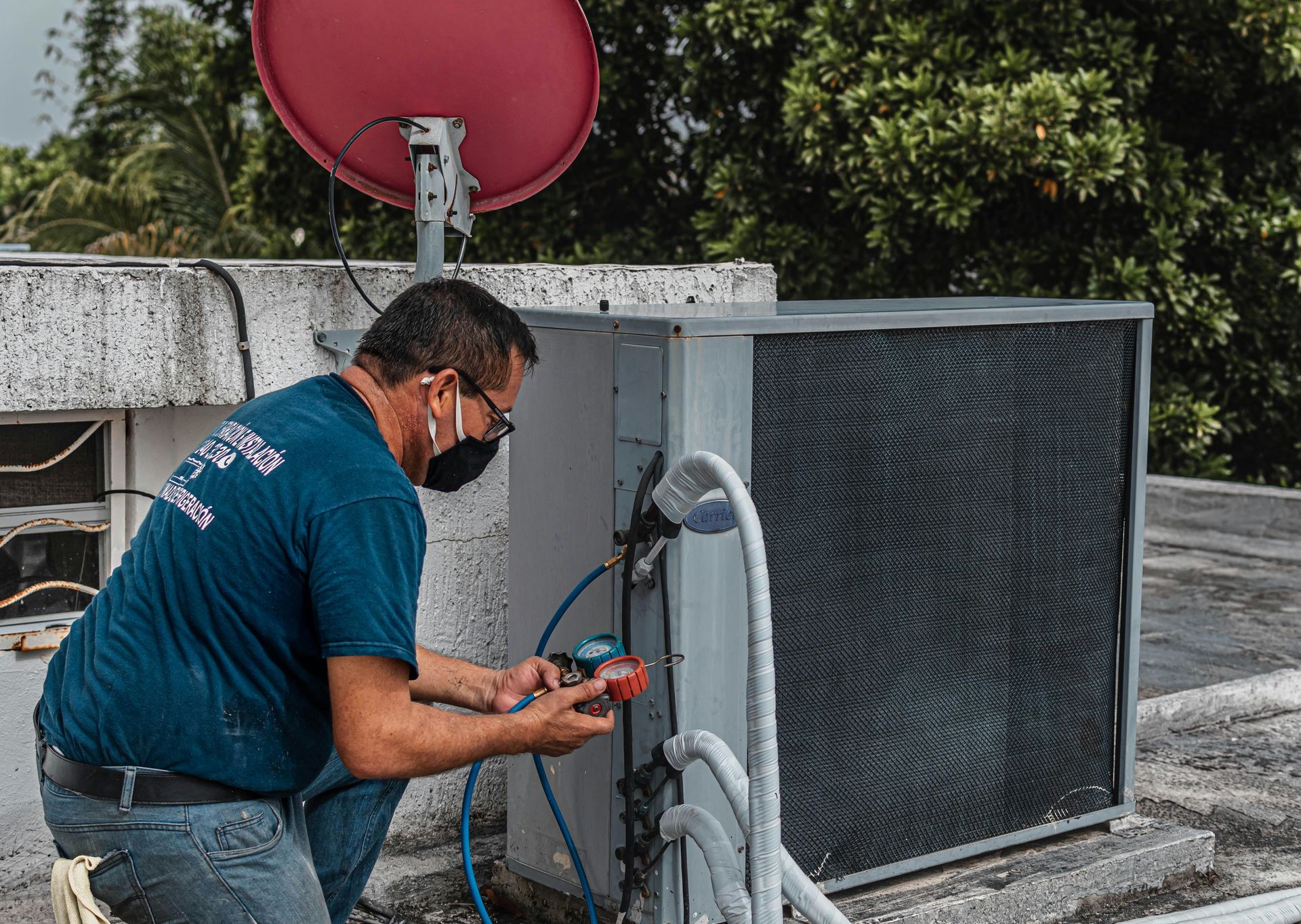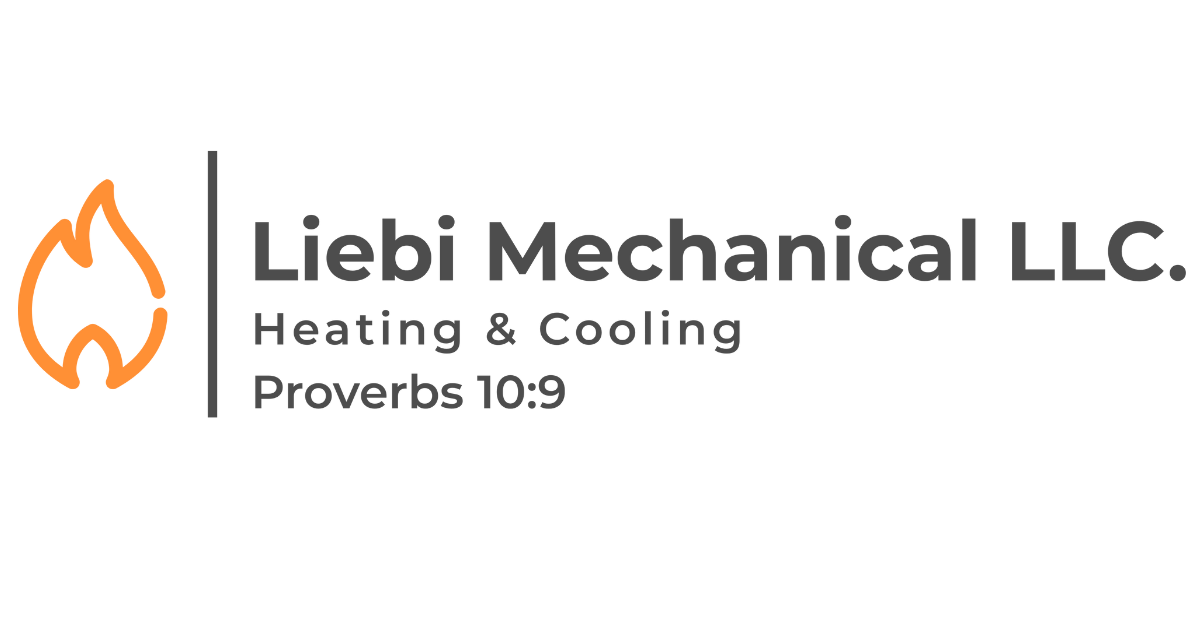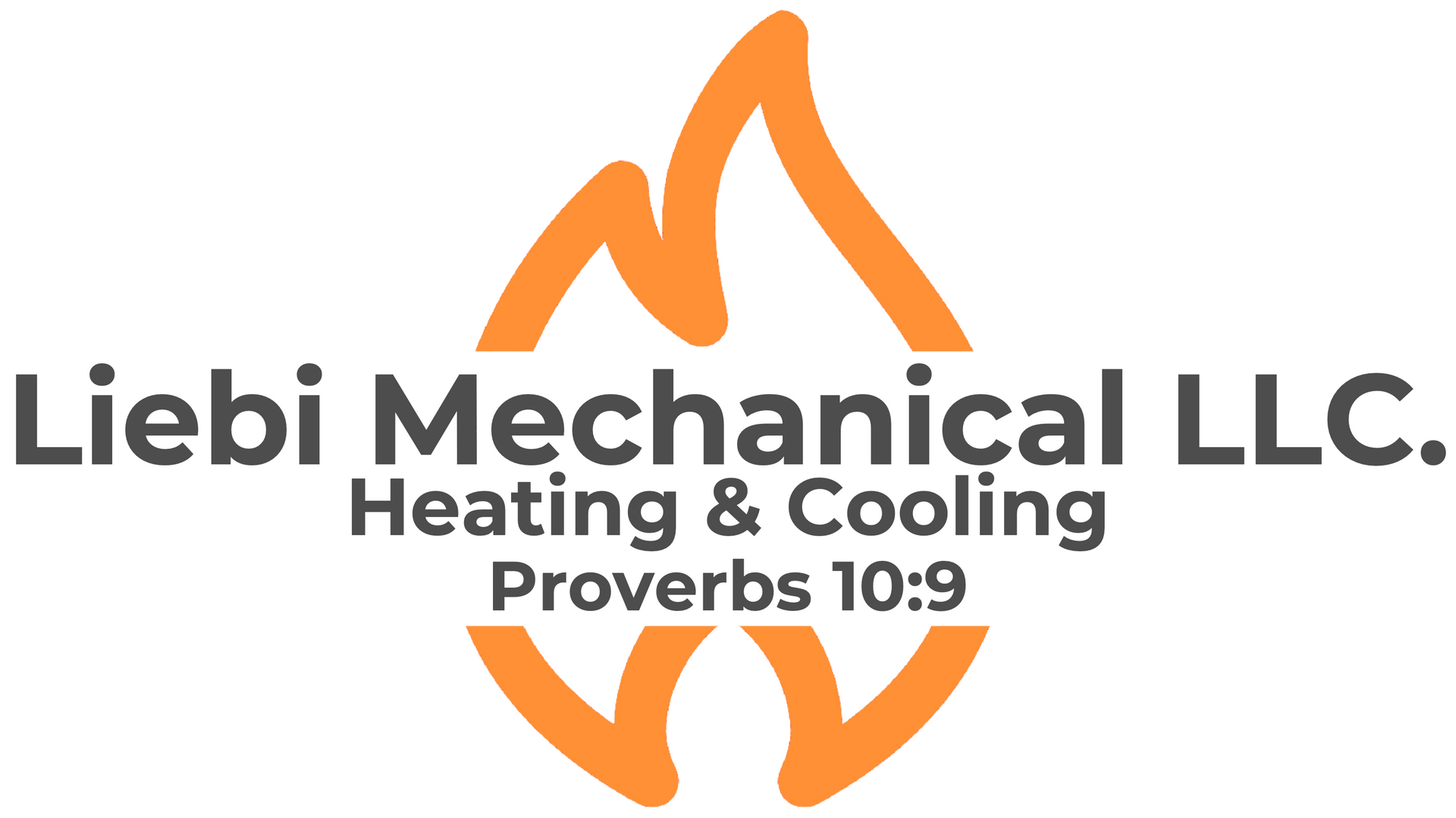Post Title
edward.liebi • May 8, 2025
Why Maintenance is so important!

As the chill of winter fades and spring temperatures begin to rise, your HVAC system prepares to switch from heating to cooling. But before you crank up the air conditioner for the season, it’s important to give your system a little attention. Spring HVAC maintenance isn’t just a seasonal suggestion—it’s a smart investment in comfort, energy efficiency, and long-term performance.
Top Reasons Spring HVAC Maintenance Matters
1. Improve Energy Efficiency
A well-maintained HVAC unit runs more efficiently. Over time, dust, debris, and wear-and-tear can cause your system to work harder than necessary. During a spring maintenance visit, your technician will clean coils, replace filters, and check refrigerant levels to ensure your system is running at peak performance. This not only keeps you cooler—it helps lower your monthly energy bills.
2. Prevent Costly Breakdowns
Routine spring HVAC maintenance allows your technician to catch small problems before they become expensive repairs. Loose wiring, worn belts, low refrigerant levels, and dirty coils are common culprits behind mid-summer breakdowns. Preventative care saves you from emergency service calls and unexpected costs.
3. Extend Equipment Lifespan
Think of your HVAC system like your car. If you never changed the oil, your engine wouldn’t last long. Regular spring tune-ups reduce wear on parts, helping your system last longer and avoid early replacement.
4. Ensure Better Indoor Air Quality
Spring brings allergens like pollen and mold into your home. A dirty HVAC system can circulate these allergens and reduce your indoor air quality. During maintenance, your technician will replace air filters and inspect ductwork and evaporator coils for mold or buildup—keeping your family breathing easier.
5. Stay Comfortable All Season Long
Spring temperatures fluctuate, and summer can arrive fast. A surprise heatwave with an underperforming AC isn’t something you want to deal with. Spring maintenance ensures your system is ready to handle the heat the moment you need it.
⸻
What’s Included in a Spring HVAC Tune-Up?
When you schedule professional spring HVAC maintenance, expect services like:
• Full inspection of your AC system
• Checking thermostat calibration
• Replacing or cleaning air filters
• Cleaning condenser and evaporator coils
• Checking refrigerant levels
• Inspecting ductwork and airflow
• Lubricating moving parts
• Checking electrical connections
⸻
Schedule Your Spring HVAC Maintenance Today
At Liebi Mechanical LLC, we’re committed to helping homeowners stay comfortable year-round. Our licensed HVAC technicians provide thorough spring tune-ups that help you save energy, prevent breakdowns, and extend the life of your system.
Don’t wait for a problem—schedule your spring HVAC maintenance today and keep your home cool, clean, and efficient this season.
📞 Call us at (660) 621-3093
📧 Email: info@liebimechanical.net
🌐 www.liebimechanical.net
⸻
Target SEO Keywords for this Post:
• spring HVAC maintenance
• HVAC tune-up
• HVAC maintenance checklist
• improve air conditioner efficiency
• AC maintenance Columbia MO
• HVAC contractor near me
• prevent HVAC breakdowns
• air conditioner cleaning

Most people are now aware that indoor air pollution is an issue of growing concern and increased visibility. Many companies are marketing products and services intended to improve the quality of your indoor air. You have probably seen an advertisement, received a coupon in the mail, or been approached directly by a company offering to clean your air ducts as a means of improving your home’s indoor air quality. Duct cleaning generally refers to the cleaning of various heating and cooling system components of forced air systems, including the supply and return air ducts and registers, grilles and diffusers, heat exchangers heating and cooling coils, condensate drain pans (drip pans), fan motor and fan housing, and the air handling unit housing. If not properly installed, maintained and operated, these components may become contaminated with particles of dust, pollen or other debris. If moisture is present, the potential for microbiological growth (e.g., mold) is increased and spores from such growth may be released into the home’s living space. Some of these contaminants may cause allergic reactions or other symptoms in people if they are exposed to them. If you decide to have your heating and cooling system cleaned, it is important to make sure the service provider agrees to clean all components of the system and is qualified to do so. Failure to clean a component of a contaminated system can result in re-contamination of the entire system, thus negating any potential benefits. Methods of duct cleaning vary, although standards have been established by industry associations concerned with air duct cleaning. Typically, a service provider will use specialized tools to dislodge dirt and other debris in ducts, then vacuum them out with a high-powered vacuum cleaner. In addition, Liebi Mechanical LLC may propose applying chemical biocides, designed to kill microbiological contaminants, to the inside of the ductwork and to other system components. Some service providers may also suggest applying chemical treatments (sealants or other encapsulants) to encapsulate or cover the inside surfaces of the air ducts and equipment housings because they believe it will control mold growth or prevent the release of dirt particles or fibers from ducts. These practices have yet to be fully researched and you should be fully informed before deciding to permit the use of biocides or chemical treatments in your air ducts. They should only be applied, if at all after the system has been properly cleaned of all visible dust or debris. Note: Use of sealants to encapsulate the inside surfaces of ducts is a different practice than sealing duct air leaks. Sealing duct air leaks can help save energy on heating and cooling bills. For more information, see EPA’s Energy Star website.


